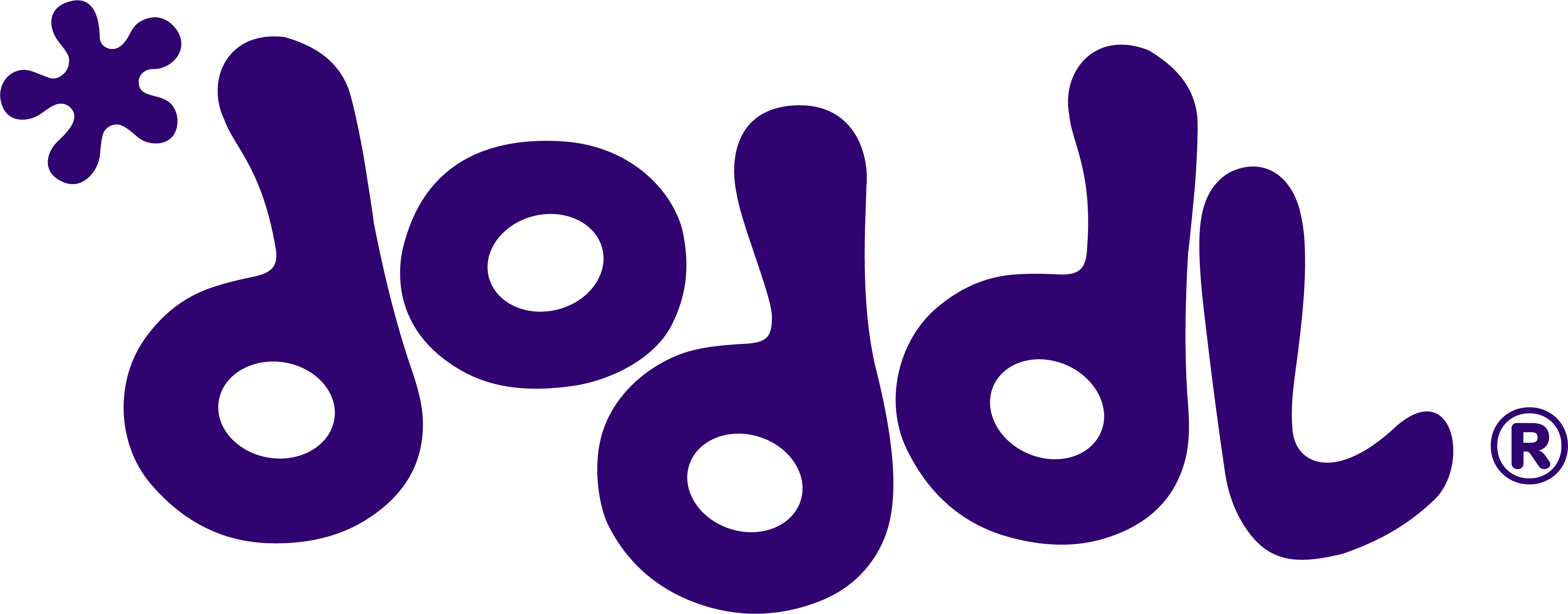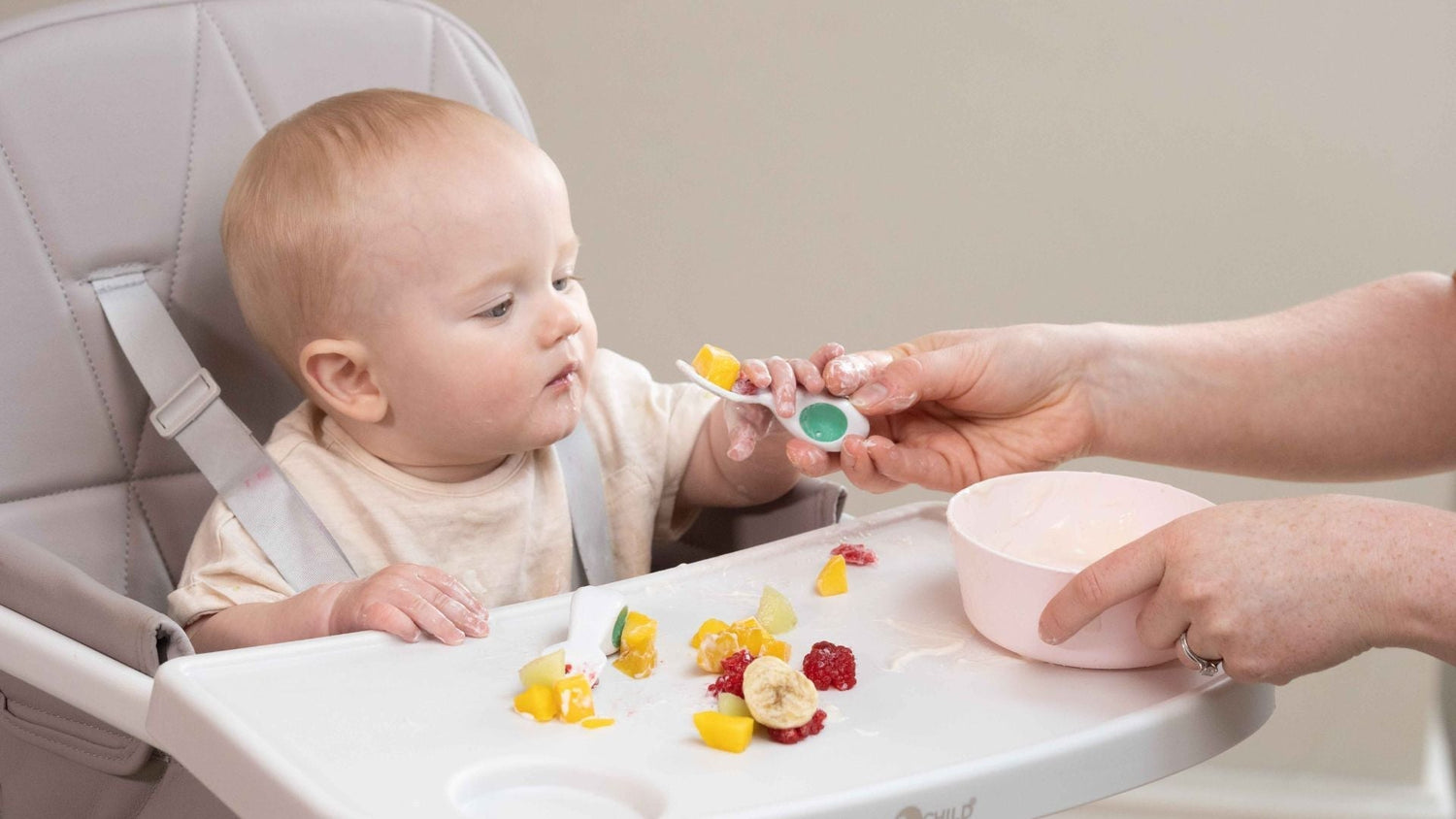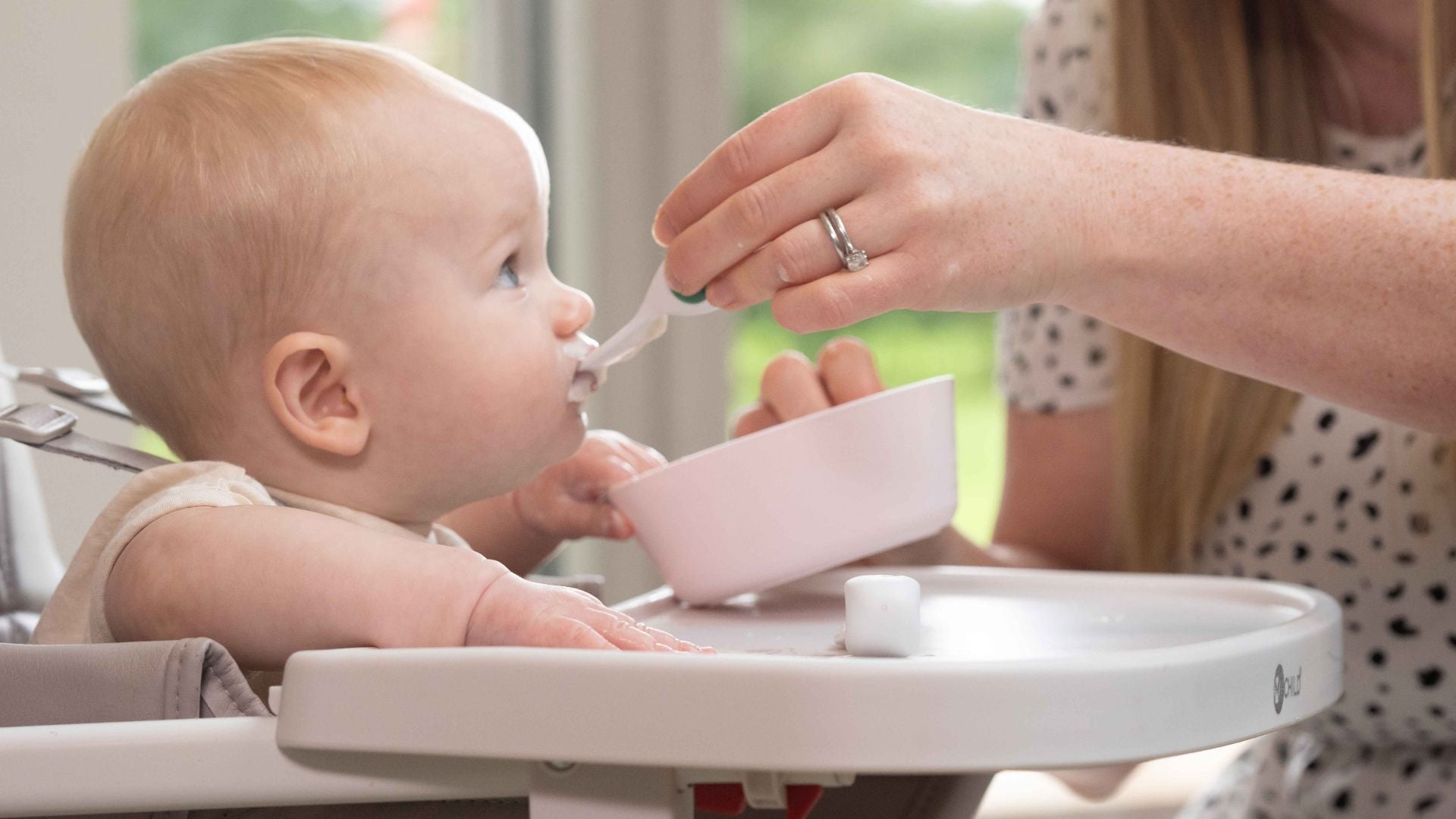Starting solids is one of those exciting parenting milestones that comes with a side of "what on earth do I feed them?". With so many voices offering advice, it’s easy to feel a bit overwhelmed. The good news? There’s no single "right" way to begin, and there's a whole world of safe, simple weaning foods ready for your baby to explore.
So, what can babies eat when weaning? From around 6 months, babies can begin to try soft, age-appropriate foods in addition to their usual milk. These can include vegetables, fruits, grains, and proteins - but it’s not a free-for-all. Some foods need to be held back or introduced carefully.
So if you’re setting off into the world of baby weaning, the key is offering variety and following your baby’s cues. Let’s break it all down together.
First weaning foods for 6-month-olds

At the start, keeping it simple really is best. First solid foods for weaning should ideally be single-ingredient options like steamed carrot sticks, mashed parsnip, or puréed pear. Think gentle tastes, soft textures, and vibrant colours to make things visually interesting.
Offering just one new food at a time helps your baby get familiar with individual flavours and also makes it easier to spot any signs of allergy or intolerance. Many families start with vegetables, particularly slightly bitter ones like broccoli or spinach, as babies are more open to trying new tastes at this stage.
Whether you're choosing purées or jumping in with baby-led weaning starter foods like soft-cooked veg sticks, this stage is all about taste exploration, not nutrition perfection. Milk (breast or formula) still does the heavy lifting nutritionally.
Some popular 6-month weaning foods include:
- Steamed broccoli florets
- Mashed sweet potato
- Slices of soft pear
- Single-grain baby rice with breast milk
Remember, repetition helps, so don’t worry if a food is rejected the first time. Baby’s taste buds are only just getting warmed up.
How to introduce new foods safely
When it comes to introducing new foods to baby, slow and steady really does win the race. The golden rule is one new food at a time, ideally with a gap of around three days in between.
This spacing helps you spot any potential allergic reactions. The NHS says the signs to watch for include rashes, swelling, vomiting, or breathing difficulties (which require immediate medical attention).
Key allergens like eggs, peanuts, dairy and gluten can be introduced from around 6 months. The idea is not to delay, but to introduce them carefully and in small amounts.
A few extra baby food safety weaning tips:
- Avoid offering foods when baby is very tired or distracted
- Always supervise your baby while eating
- Cut food into appropriate sizes to reduce choking risk
- Offer soft, easy-to-grip textures for self-feeding
A calm environment and plenty of patience go a long way.
What textures are suitable at different stages?
Texture progression in weaning helps your baby develop chewing skills, even before they have teeth. It also encourages curiosity and independence at mealtimes.
Here’s a rough idea of how textures might evolve:
- 6–7 months: Smooth purées, mashed veg, soft finger foods
- 7–9 months: Thicker mashed foods, soft lumps, chunkier purées
- 9–12 months: Minced or chopped family meals, toast fingers, soft cooked meats
There’s no need to follow an exact timeline. Some babies jump straight into finger foods, while others prefer smoother textures for longer. Responsive feeding (watching how your baby reacts and letting them guide the pace) can help take the stress out of it.
Messy eating is part of the fun (and the learning!). Let them squish, smear, and occasionally fling. It’s all helping to build confidence and fine motor skills, especially when supported by baby cutlery that supports their independence and development.
What foods should babies avoid when weaning?
While the range of weaning foods is wide, there are some definite no-go items when it comes to your baby’s first tastes. Here’s a quick list of foods to avoid when weaning:
- Honey (not safe until after 12 months due to risk of botulism)
- Added salt (babies’ kidneys can’t cope with it)
- Added sugar (not necessary and can lead to a bit of a sweet tooth)
- Raw or undercooked eggs, shellfish, or meat
- High-sugar or processed foods
Also steer clear of foods with choking risks like hard raw carrots, grapes (unless cut into quarters), popcorn, whole nuts, and tough meat pieces. With baby-led weaning foods, it’s especially important to consider both shape and softness.
Sample weaning food ideas by stage

Looking for inspiration on what to make during each stage of weaning? These simple weaning recipes are tailored to your baby’s age and development, helping you introduce variety and nutrition at the right pace.
6–7 months:
- Vegetable purées (e.g. sweet potato, parsnip)
- Mashed fruits (banana, avocado)
- Soft-cooked veg sticks for baby-led weaning
- Baby rice with breast milk or formula
- Lentil purée or soft dhal
7–9 months:
- Thicker mash with small soft lumps
- Well-cooked pasta shapes
- Soft scrambled egg
- Finger foods like avocado sticks or banana halves
- Grated soft cheese or yoghurt with fruit
10–12 months:
- Chopped family meals (casseroles, bolognese)
- Porridge fingers with soft toppings
- Well-cooked fish or chicken pieces
- Omelette strips or pancakes
- Cooked beans and soft lentils
These weaning recipes don’t need to be fancy. Simple, balanced, and manageable for small hands is the name of the game.
Tips for a positive mealtime routine

Setting up a consistent baby weaning routine can help meals feel less chaotic and more enjoyable (yes, even with food on the floor and in your hair).
Try these practical tips:
- Choose a regular spot for meals (preferably in a safe high chair)
- Eat together when possible—babies love to mimic!
- Keep distractions (like screens) away during mealtimes
- Encourage baby to hold their own spoon and fork or try soft finger foods
Introducing cutlery early helps build confidence and fine motor skills and can help your little one feed themselves sooner than you’d think.
Most of all, remember: this is about exploration. Some days they'll eat a rainbow; other days, one spoonful and done. It's all part of the process.
FAQs about what babies can eat when weaning
Can my baby eat bread when weaning?
Yes! Soft bread can be introduced from 6 months. Offer small pieces or lightly toasted fingers to avoid gumminess, and choose low-salt, wholegrain varieties where possible.
When can babies have dairy or eggs?
Full-fat dairy like cheese and yoghurt can be introduced from around 6 months, as can eggs (well-cooked to start with). Remember, introduce allergens one at a time.
How much solid food should I offer?
Start small, a few spoonfuls or pieces once a day is plenty. Gradually build up as baby shows interest. Remember, milk remains the main food source until around 12 months.
Can I give my baby meat or fish?
Yes, from 6 months. Make sure it’s well-cooked and served in soft, manageable pieces. Fish like salmon is a great source of healthy fats.
What’s the best first food to try?
Many families start with a vegetable like broccoli, parsnip, or carrot. These offer great texture and taste for first-time tasters.




Leave a comment
This site is protected by hCaptcha and the hCaptcha Privacy Policy and Terms of Service apply.